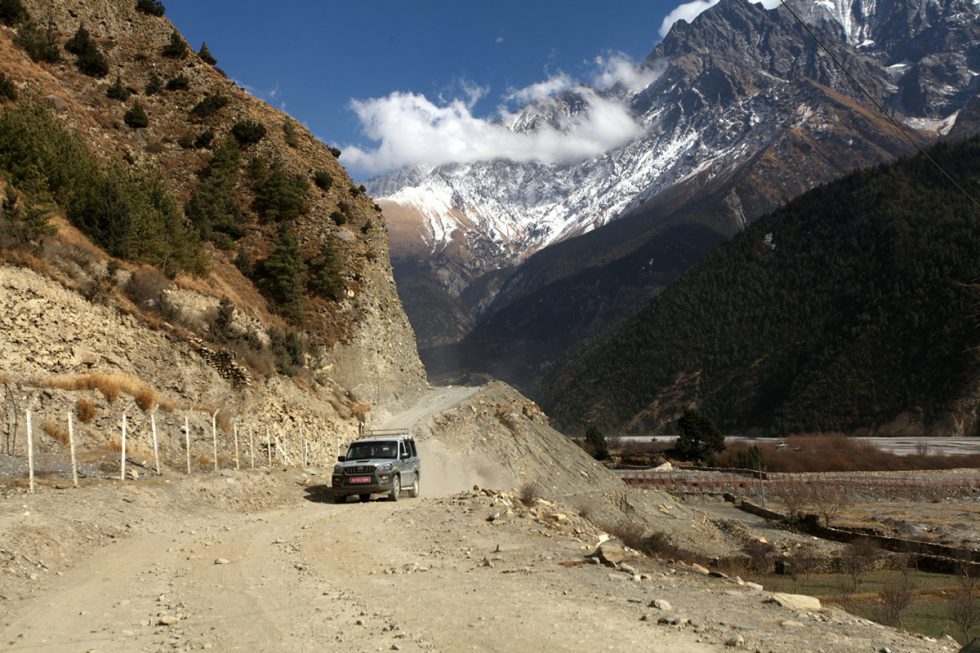If you are planning to trek in the Annapurna Circuit or to the Everest Base Camp you should be familiarized with the Altitude Sickness Symptoms or Acute Mountain Sickness (AMS).
It’s an effect caused when people reach high altitudes. Not only the ones who try to get to the summit in the mountains of Nepal are exposed to it.
For example, if you are going to trek in the Annapurna Circuit, the highest point you will reach is at Thorong La Pass, at 5416 meters (17 769 ft).
To do an activity like that, it’s imperative that you take some precautions.
By the time you reach an altitude of 1500 meters (5000 ft), it’s already possible to feel some Altitude Sickness symptoms like breathlessness.
Around the 3500 meters (11 500 ft) it’s an excellent altitude to acclimatize, to adjust yourself to the lack of oxygen and prepare yourself to the following part of the trekking.
In the Annapurna Circuit, Manang is the village where many trekkers stay 2/3 days to acclimatize.
In the trekking to the Everest Base Camp, the best town to acclimatize is Namche Bazaar.
The most important thing you should do is to pace yourself and increase altitude gradually.
Try not to raise more than 500 meters of altitude on each day.
This way you will be more prepared for high altitudes and decrease the risk of getting Altitude Sickness.
Don’t forget that Altitude Sickness can be severe and can lead to death.
It can progress to HAPE (High Altitude Pulmonary Edema) or/and HACE (High Altitude Cerebral Edema), which can be fatal.
So, pace yourself, go physically prepared and be always aware of all the symptoms you feel.
Symptoms like:
- Loss of appetite;
- Nausea or even vomiting;
- Fatigue;
- Weakness;
- Dizziness;
- Hands, feet and face swelling;
- Nose bleeding;
- Rapid pulse;
These are called the primary symptoms. If you feel something like this, ask for help immediately.
What should you do if you have Altitude Sickness Symptoms
You need to decrease altitude immediately and get to the hospital.
Remember that, if you can’t walk by yourself, don’t force it. In Nepal, they can rescue you by helicopter.
If that happens and you don’t have insurance, that can cost you a lot of money. At the same time, your health is must be on the top of your priorities.
To be ready for that kind of situations, the best insurance for trekkers and backpackers in general, are from World Nomads.
It’s cheap, will take care of you and, most important, will give you a phone number in case of having some problem.
Read this article and be prepared, in case of you need to be rescued by helicopter from the mountains in Nepal.
Remember, go, enjoy your adventure, but don’t risk your life.



